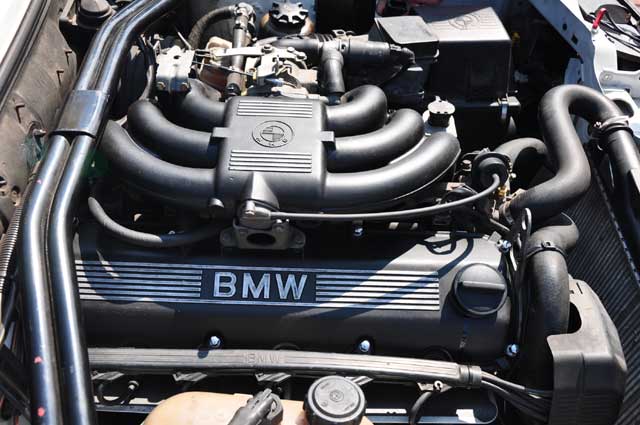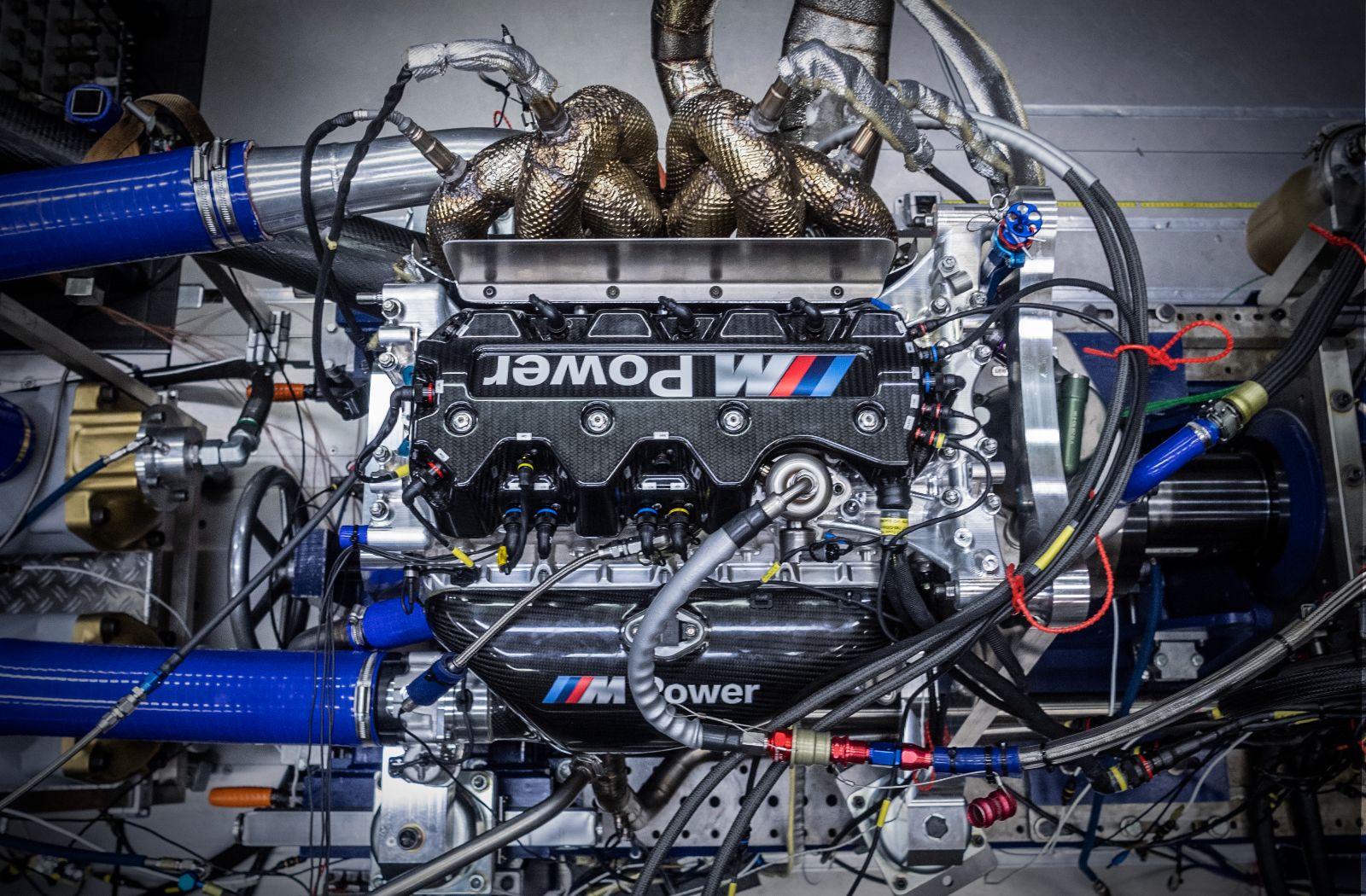A Beginner's Guide to Choosing the Right BMW Engine for Your Needs
A Beginner's Guide to Choosing the Right BMW Engine for Your Needs
Blog Article
Checking Out the Development of Combustion Engines in Modern Transport Solutions
As we browse the landscape of modern-day transport, the advancement of burning engines stands as a testimony to human resourcefulness and design expertise. From their simple beginnings to the advanced powerhouses pushing automobiles today, combustion engines have undergone an amazing journey of development and adaptation. Understanding the intricacies of this evolution not just clarifies the past yet additionally leads the method for visualizing what lies ahead in the world of transport innovation. The interplay of history, technology, and ecological worries in shaping the trajectory of combustion engines develops a story that is both informative and compelling.
Early Beginnings of Combustion Engines
How did the concept of burning engines very first arise in the very early stages of transportation growth? When the principles of inner combustion were initial explored, the origins of combustion engines can be mapped back to the 17th century. In 1673, Christian Huygens conceptualized a fundamental internal burning engine that used gunpowder to produce power. It had not been till the late 19th century that useful applications of burning engines in transportation started to arise.
The advancement minute came with the creation of the initial successful gasoline-powered engine by Karl Benz in 1885 - bmw engine. This engine led the means for the development of the modern-day automobile, reinventing transport systems worldwide. Subsequent innovations by Nikolaus Otto and Gottlieb Daimler even more fine-tuned burning engine technology, leading to the mass production of cars and the quick expansion of the transportation industry
These early burning engines were characterized by their simpleness and performance, laying the structure for the facility and effective engines made use of in modern-day transport systems. The development of combustion engines has contributed fit the way we travel and transfer goods, marking a substantial landmark in the background of transport advancement.
Transition to Internal Burning Modern Technology
The shift to interior combustion modern technology noted an essential shift in the evolution of transport systems. This change began in the late 19th century, with inventors like Nikolaus Otto and Gottlieb Daimler creating the very first successful inner burning engines. These engines transformed transportation by supplying a much more efficient and effective choice to heavy steam engines and electric motors.
Among the crucial advantages of inner burning engines was their ability to be reduced to fit into cars, leading to the growth of cars and motorcycles. This change from large, fixed engines to small, mobile ones paved the method for the modern transport systems we see today.
The transition to interior burning modern technology also stimulated developments in gas innovation, leading to the advancement of fuel and diesel as main gas sources for automobiles. This change not only made transport much more obtainable to the masses but additionally laid the foundation for the oil and gas sector to come to be essential to worldwide economies.
Effect of Combustion Engines on Transportation
The adoption of combustion engines in transportation systems militarized an extensive shift in the efficiency and speed of worldwide mobility. Combustion engines reinvented transport by offering a flexible and trusted source of power for various automobiles, consisting of cars, ships, airplanes, and trucks. This advancement dramatically enhanced the capacity for products and people get redirected here to conform fars away in shorter amount of time, causing raised connection in between areas and countries.
Moreover, the prevalent use burning engines has actually had a significant influence on economic advancement. The capability to carry products effectively has spurred check out here trade and business, permitting organizations to expand their markets and reach consumers worldwide. This has actually promoted financial growth and globalization, as products can now be transported much faster and in bigger quantities than ever.
However, the ecological influence of burning engines can not be neglected. The combustion of nonrenewable fuel sources has actually caused air pollution and greenhouse gas emissions, adding to environment modification and positioning health threats to populaces. bmw engine. Because of this, there is a growing focus on establishing alternative propulsion modern technologies to minimize these unfavorable impacts and create an extra sustainable future for transportation
Technologies in Combustion Engine Design
One notable innovation is the development of turbocharged engines, which use exhaust gases to drive a turbine that presses inbound air, permitting for even more fuel to be charred, resulting in enhanced power output without a significant increase in engine dimension. Variable shutoff timing systems have actually likewise transformed engine discover here design by optimizing air movement at various engine speeds, enhancing both power and efficiency. These innovations jointly contribute to the continuous improvement of burning engines in contemporary transportation systems.
Future Fads in Burning Engine Advancement
With technology advancements driving continual advancement, the future of burning engine advancement is poised to change transportation systems globally. Among the crucial trends in burning engine advancement is the push towards greater effectiveness and decreased exhausts. Makers are investing greatly in research and growth to improve engine efficiency while satisfying stringent ecological regulations. This consists of the integration of innovative fuel shot systems, improved turbocharging techniques, and making use of light-weight products to enhance gas consumption and lower carbon emissions.
One more noticeable trend is the adoption of crossbreed modern technologies in combustion engines. Hybrid engines integrate typical combustion innovation with electrical power, supplying improved fuel effectiveness and reduced exhausts. As the automotive industry shifts in the direction of electrification, crossbreed burning engines are viewed as a transitional solution that bridges the space in between standard lorries and fully electric ones.
Furthermore, the combination of clever technologies, such as expert system and information analytics, is anticipated to play a substantial duty in the future of burning engine growth. These modern technologies can optimize engine efficiency in real-time, leading to more efficient combustion processes and enhanced general automobile efficiency. Welcoming these future fads will certainly not just drive innovation in combustion engine development but likewise add to a much more environmentally friendly and sustainable transport ecological community.

Conclusion
In verdict, the development of combustion engines in modern transport systems has actually been marked by significant innovations in innovation and design. From the very early starts of combustion engines to the transition to inner combustion technology, these engines have actually had a profound impact on transport.
The roots of burning engines can be mapped back to the 17th century when the principles of inner combustion were initial checked out. These engines transformed transportation by using a much more powerful and reliable alternative to vapor engines and electric motors.

Report this page